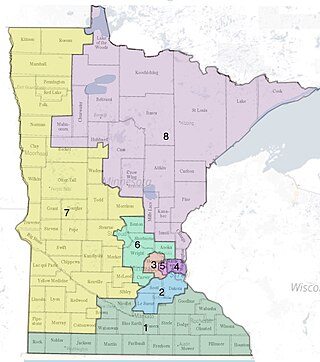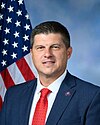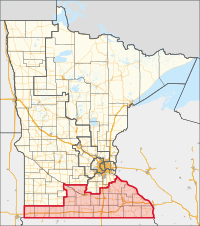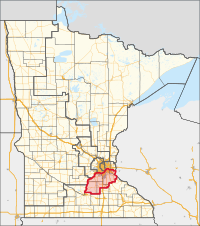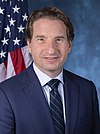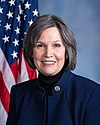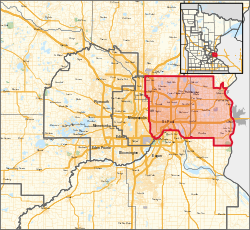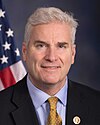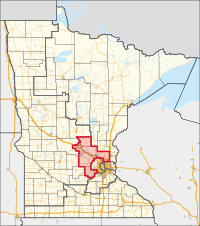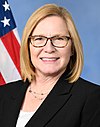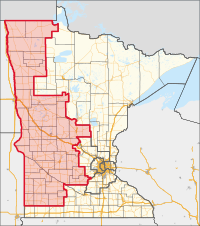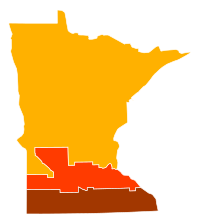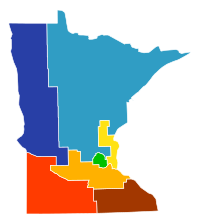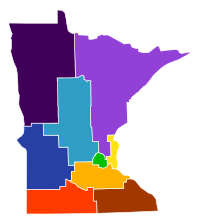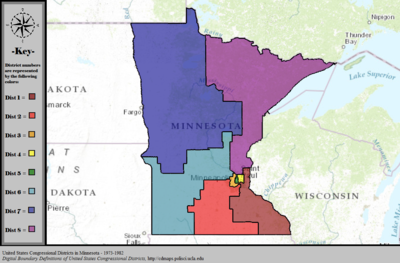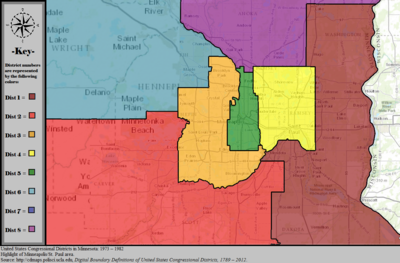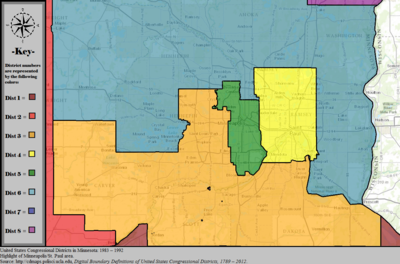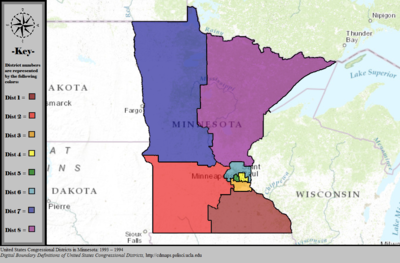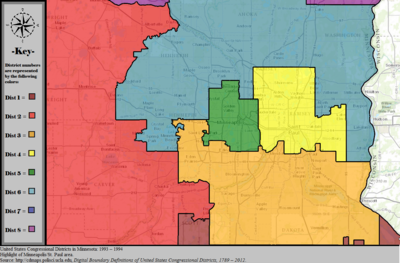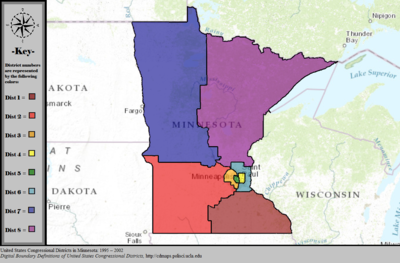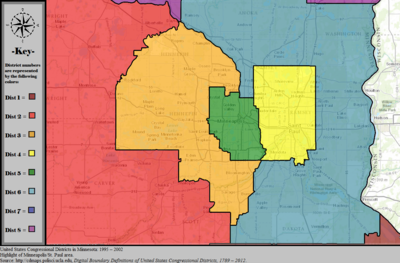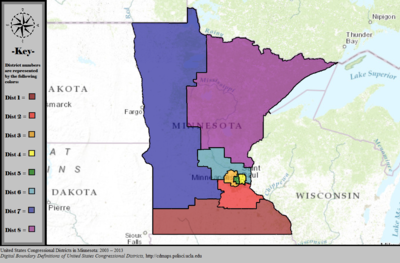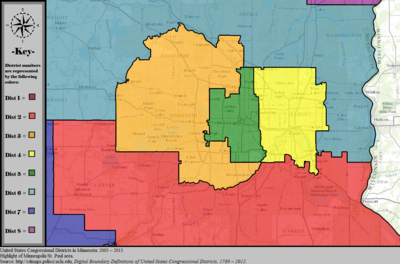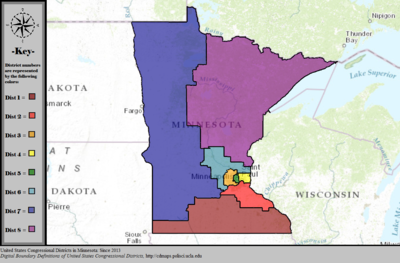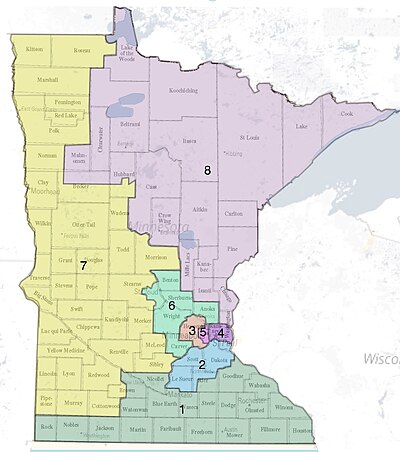
There currently are 12 United States congressional districts in New Jersey based on results from the 2020 census. There were once as many as 15. The fifteenth district was lost after the 1980 census, the fourteenth district was lost after the 1990 census, and the thirteenth district was lost after the 2010 census.

The U.S. state of Oregon has had six United States congressional districts since 2023, when the 6th district was created as a result of the 2020 census. The 5th district was added as a result of the 1980 census, and boundaries were redrawn following the population changes to each district as determined by the 1990, 2000, 2010, and 2020 censuses.

The U.S. state of New York contains 26 congressional districts. Each district elects one member of the United States House of Representatives to represent it.

Kansas is divided into 4 congressional districts, each represented by a member of the United States House of Representatives. The number of districts in Kansas remained unchanged after the 2010 census. Historically, the state has held as many as eight seats (1893–1933). The number of congressional seats decreased from five to four following the 1990 census. Between 1990 and 2000, the population of Kansas grew by 8.5% from 2,477,574 to 2,688,418, making it the 32nd most populated state; all four congressional seats were retained.

Indiana has nine congressional districts. They were last redrawn after the 2020 census and took effect in 2023, following the 2022 elections.

There are currently nine United States congressional districts in Tennessee based on results from the 2020 United States census. There have been as few as eight and as many as thirteen congressional districts in Tennessee. The 13th district and the 12th district were lost after the 1840 census. The 11th district was lost after the 1850 census and the 10th district was last lost after the 1950 census. The 9th district was briefly lost after the 1970 census but was regained after the 1980 census.

Kentucky is currently divided into six congressional districts, each represented by a member of the United States House of Representatives. The number of congressional districts has been set at six since the 1990 redistricting cycle.

Illinois is divided into 17 congressional districts, each represented by a member of the United States House of Representatives. The majority of Illinois' districts are located in the Chicago area.

Wisconsin is currently divided into 8 congressional districts, each represented by a member of the United States House of Representatives. After the 2020 census, the number of Wisconsin's seats remained unchanged.

After the 2000 census, the Commonwealth of Pennsylvania was divided into 19 congressional districts, decreasing from 21 due to reapportionment.
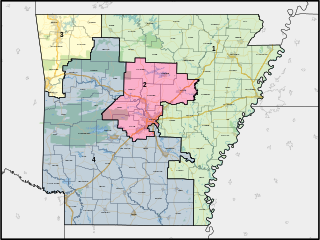
The U.S. state of Arkansas currently has four United States congressional districts. The state has had as many as seven districts; the 5th district existed from 1883 through 1963. The 6th existed from 1893 to 1963. The 7th existed from 1903 to 1953. No Democrat has won a House seat in the state since 2012.

Virginia is currently divided into 11 congressional districts, each represented by a member of the United States House of Representatives. The death of Rep. Donald McEachin on November 28, 2022, left the 4th congressional district seat empty. Following the results of a special election to fill his seat on February 21, 2023, Jennifer McClellan made history by becoming Virginia's first black congresswoman.

Georgia is represented in the United States House of Representatives by 14 elected representatives, each campaigning and receiving votes in only one district of the 14.

Utah is divided into 4 congressional districts, each represented by a member of the United States House of Representatives. After the 2010 census, Utah gained one House seat, and a new map was approved by the state legislature and signed into law by Governor Gary Herbert.

Missouri is currently divided into 8 congressional districts, each represented by a member of the United States House of Representatives.

Iowa is divided into four congressional districts, each represented by a member of the United States House of Representatives. The state's congressional map is roughly divided by quadrants in the northeast, northwest, southeast, and southwest sections of Iowa.
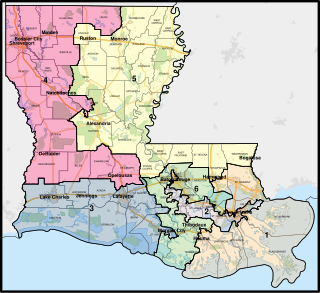
The U.S. state of Louisiana currently has six congressional districts. The state has had as many as eight districts; the eighth district was eliminated on January 9, 1993 after results of the 1990 census, and the seventh district was eliminated in 2013, following results of the 2010 census, largely because of people moving interstate after Hurricane Katrina hit the state.

The U.S. state of West Virginia currently has two congressional districts, each represented by a member of the United States House of Representatives.

The following is a list of the ten congressional districts in the U.S. state of Washington. From the time that Washington Territory was formed in 1853, through statehood in 1889, Washington Territory elected an at-large non-voting Delegate to the United States House of Representatives. At different times in its history, the state of Washington has also elected one or more representatives At-large statewide. Washington gained its 10th district following reapportionment after the 2010 census.

New Hampshire is divided into two congressional districts, each represented by a member of the United States House of Representatives.
